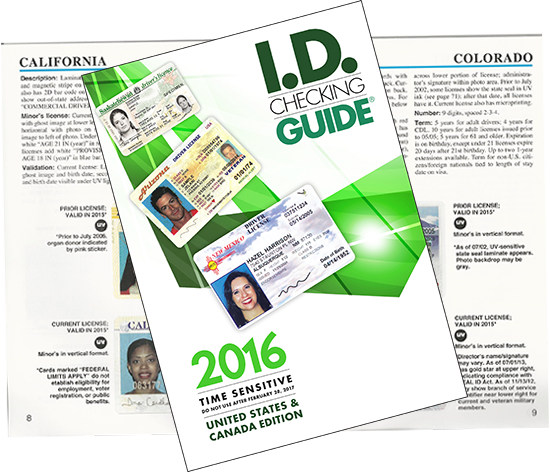Protect Liquor Licenses by Properly Checking ID
Bars, restaurants, grocery stores, and other retailers who sell alcohol are required by law to have a state liquor license. Regardless of whether licensed establishments intentionally or unintentionally sell alcohol to minors, they risk losing their liquor license. Worse yet, the sale of alcohol to minors can result in additional penalties including fines or even jail time.
Fake ID use is on the rise. A 2015 survey of students at Yale University and several other local colleges found that 37% of respondents had purchased a fake ID.

Most of today's fake IDs are harder to spot than this one!
Given what is at stake, it is imperative that establishments and their employees are properly trained on checking IDs for 21. As a starting point, there are five key steps to checking IDs that every doorman, retail clerk, waiter, or bartender should be aware of:
- Does the face on the ID photo match the person buying alcohol?
- Is the license expired, or is there evidence of tampering?
- Is the license format valid in the issuing state? Licenses using out-dated formats are often red flags for a fake.
- Validate other security details. Ghost images, UV images, state seals, and other security features are present on virtually every modern license
- Train, train, and train some more. Validating IDs is skill that improves with practice and proper training. Don't expect employees to figure it all out on their own.

To give your employees the best chance of accurately identifying fake licenses when checking IDs for age 21, equip them with easy-to-use and totally comprehensive I.D. Checking Guide. For less than $25 for a single guide, and as little as $12.95 for bulk purchases, give your staff the ID validation book trusted by banks, restaurants, bars, retailers, and car rental agencies -- as well as law enforcement and government agencies, including the F.B.I.

